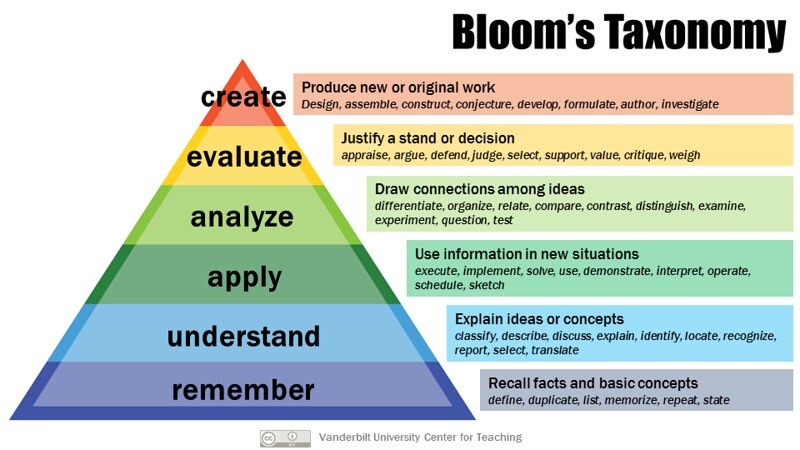10 The learning objectives
What to do
Define the learning objectives that you would like your learners to achieve, taking into considerationing the level of the learner audience and inthe specific topic that has been chosen for the virtual gaming simulation (VGS). Learning objective include clear, concise, achievable action statements to be achieved by the learner.
How to do it
Once the topic and the preferred audience for the VGS are defined, the learning objectives can be created. This is a crucial step in the VGS design process and it will have a big influence in the effectiveness of the simulation. In order to properly design a VGS, designers first need to define the objectives they wish learners to achieve within the VGS as clearly as possible.
It is recommend establishing one or two statements that describe the main purpose of the VGS. These statements encompass the general purpose of the simulation and are closely related with the selected topic area and the knowledge level of the target audience.
Once the main purpose is defined, four or five specific learning objectives may be created. These objectives represent the actions that the learners will accomplish in order to achieve the indented learning identified in the VGS purpose statements. Objectives should be ordered in a progressive way toward the achievement of the main purpose.
Remember:
The main element of a learning objective is its verb. That is why we have to carefully select the verb that represent the action of our goal. For doing so there are different taxonomies that help us to select the most adequate verb by offering a categorization of learning related verbs depending on the cognitive process level that they imply.
General advice for the creation of objectives
- The verb should be in infinitive form.
- Just one element must be included per objective.
- Objectives should not be too wide, nor too specific. Designers will need to determine the exact proportions of these elements.
- Objectives should not be too hard, nor too easy, so that the learners maintain motivation and avoid frustration.
- If possible, the expected behaviour of the learner should be described.
- If the method for achieving the objective is relevant, it should be described.
- The objectives should be written using at language that is clearly understood by the learners, avoiding using technical terms or complex vocabulary.
Complementary resources
Bloom’s taxonomy framework: It will help you to select the best verb for writing the learning objectives of your VGS.

Note: Armstrong (2010)
Bibliography: For more technical information about how to define learning objectives check the following material:
-
-
- Lindvall, C. M. (1964). Defining Educational Objectives. Pittsburgh: University of Pittsburgh Press.
-
The ENVISION experience:

